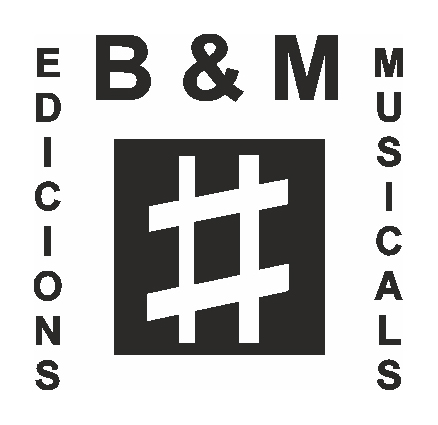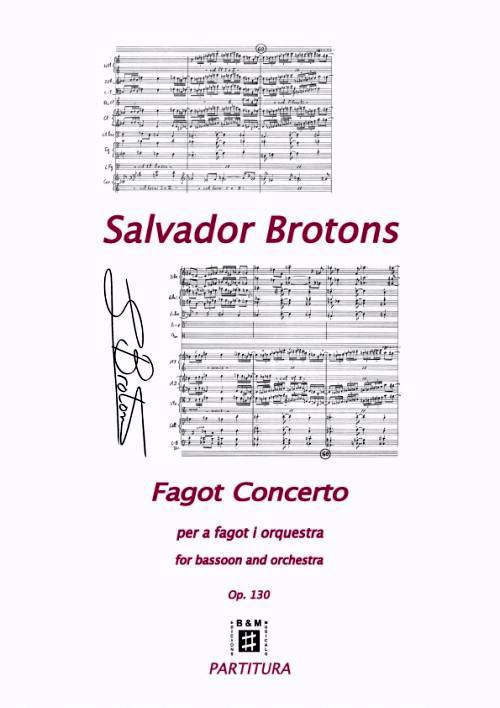Description
Author
Format
Instrumentation
Plantilla
Duration
Pages
Year of composition
ISMN
Ref.
Among my entire compositional output, the sonatas for instrument and piano stand out. This is a genre that allows me to express myself with depth while looking for the most expressive possibilities of the soloist, accompanied by a very interactive piano. This is why the latest sonatas I have composed have also become concertos for soloist and orchestra.
The bassoon is a very expressive instrument, of considerable tessitura and with a complex technique, which is now much improved.
Structured in three movements, the sonata has a somewhat atypical form. The first movement is relatively short, like an introduction to the antiphonal dialogue between the piano and the soloist. This is followed by a rise in tension, which culminates with the main theme in ff in the orchestra. A varied solo cadenza by the soloist serves to link seamlessly to the Romanza.
Slow and harmonically expressive, this movement highlights the lyrical qualities of the bassoon in its entirety. It consists of a single theme with a growing interlude as a central part. The theme appears three times glossed differently in the last two appearances.
The last movement (Giocoso) is the most complete, consistent and developed of the three. It is a joyful and cheerful sonata form, shunning the farcical nature that too often has been associated with the bassoon. The first theme is typically bassoon-like (open, happy and articulated) while the second one is eminently lyrical, presented in the upper register of the instrument. After a varied development, a recapitulation follows which is principally modified by the appearance of the theme of the Romanza in the low register of the piano, while the bassoon plays arabesques on other themes. A virtuoso Coda, a little livelier, brings the sonata-concerto to a brilliant conclusion.














There are no reviews yet.